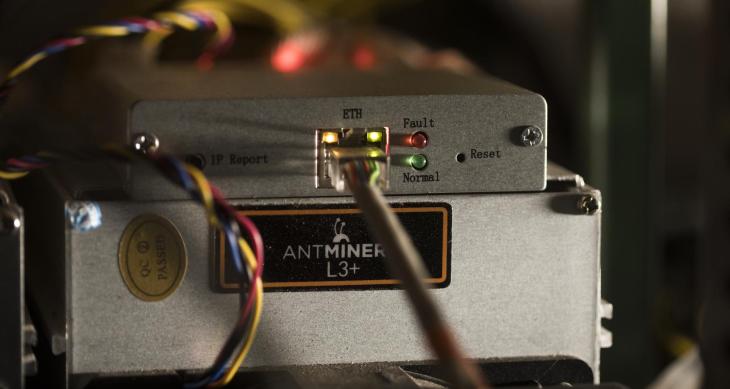The Merge, the long-awaited software upgrade that promises to make Ethereum transactions a lot greener, is expected to put miners out of jobs. But miners are not quitting outright. With big bucks invested in computing hardware, many of them are seeking refuge in an alternative branch of Ethereum.
Ethereum Classic, a hard fork of the Ethereum network, saw its hash rate soar to a record high on Thursday morning shortly after The Merge was completed. Hash rate is the computational power used to approve transactions on a blockchain, a mechanism called proof-of-work. Following The Merge, Ethereum is switching to a consensus method called proof-of-stake. Instead of competing with powerful computers and essentially chips, node operators stake their cryptocurrencies to win the chance to validate transactions.
Ethereum Classic, which trades as ETC, grew out of an ideological rift within the Ethereum community. In 2016, Ethereum underwent a hard fork to reverse a significant hack that involved $150 million of investor funds. The other version of the fork, which became Ethereum Classic, kept the hack in order to preserve the immutability proposed by blockchain technology.
Aside from keeping the network’s ledgers pristine, Ethereum Classic also continues to practice the PoW method, attracting miners made redundant by the mainstream Ethereum (ETH). But the classic blockchain is far less popular than Ethereum today. ETC is currently the 17th largest cryptocurrency, with a market cap of just around $5.3 billion, while ETH is hovering around $195 billion.
Nonetheless, miners are piling into ETC, which might undermine some of the environmental benefits of The Merge. As James, who has been mining since 2017, said: “ETH is an abandoned project by the ETH foundation and we are the abandoned miners. Rigs are invested and facilities are set up with nowhere to go. The only viable option at the moment is Ethereum classic.”
“Miners did not stop mining, they just shift to other options to mine. Energy consumption continued,” he added.
Mining was a hugely lucrative business for those who got in early. Bitmain, the world’s largest crypto equipment maker, was racking up a net profit of nearly $1 billion in the first half of 2018 as demand soared. The gold rush has unintended consequences, too, as its reliance on computational power exacerbated the global chip shortage over the past few years.
The U.S. is the world’s largest source of hash rate today, with China coming in second, according to research from the University of Cambridge. China was for a long time the world’s top mining hub before Bejing imposed a blanket ban on the industry it deemed polluting and obsolete. Its share of Bitcoin hash rate accounted for up to 90% of the world’s total in September 2020 before crashing to zero following the crackdown in July 2021, but the number has since rebounded as many miners are believed to have resumed work in a more discreet manner.
Corrected Ethereum Foundation to Ethereum in the third paragraph.
